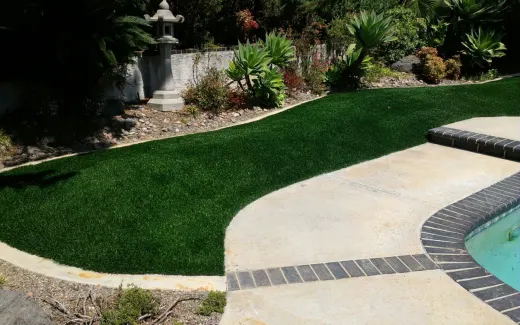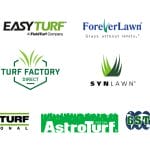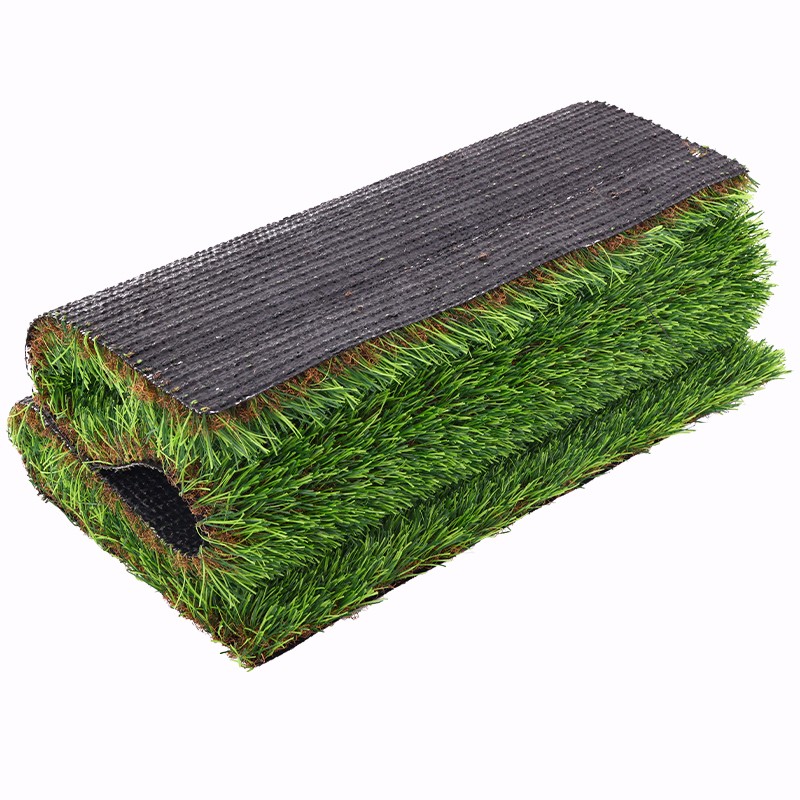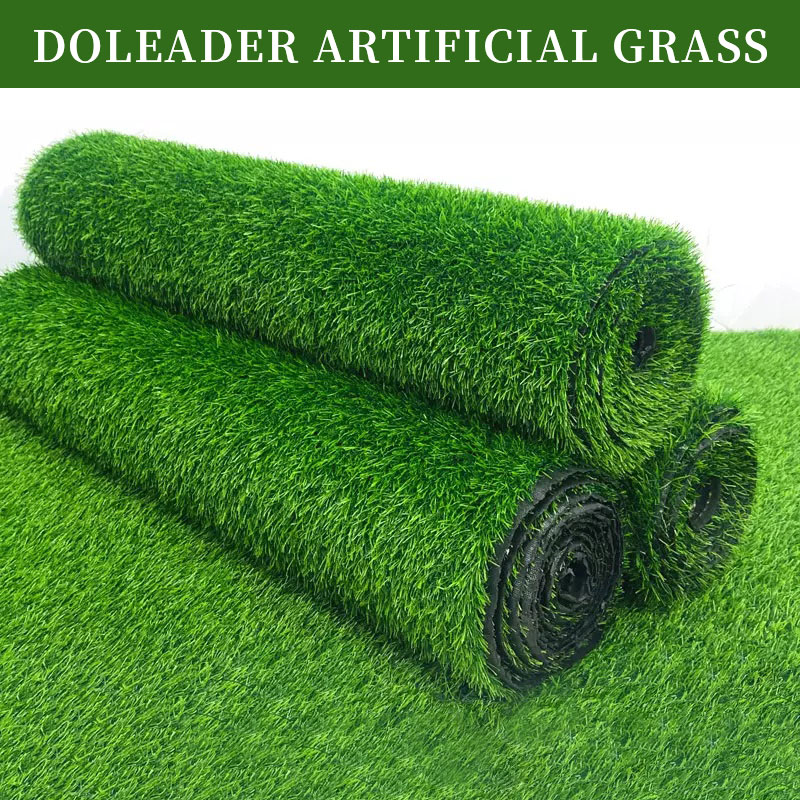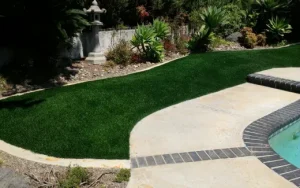
When it comes to transforming outdoor spaces, artificial grass has emerged as a popular and low-maintenance solution for homeowners, businesses, and municipalities alike. While the upfront cost of the artificial grass material itself is a significant factor, it’s essential to consider the labor cost involved in the installation process. This article delves into the labor cost associated with artificial grass installation, providing valuable insights to help you make an informed decision.
The labor cost for installing artificial grass can vary depending on several factors, including the size of the area, the complexity of the project, and the geographical location. On average, the labor cost can range from $2 to $6 per square foot, although this figure can fluctuate based on the specific circumstances of each project.
One of the primary factors influencing the labor cost is the size of the area to be covered with artificial grass. Larger projects typically require more labor hours, resulting in higher overall costs. However, economies of scale can come into play, with larger projects sometimes benefiting from slightly lower labor rates per square foot.
The complexity of the installation also plays a significant role in determining the labor cost. Areas with intricate designs, curves, or varying elevations may require more skilled labor and additional preparation work, thereby increasing the overall cost. Installations that involve removing existing surfaces, such as concrete or natural grass, can also add to the labor requirements and associated costs.
Geographic location is another crucial factor that affects labor costs. Labor rates can vary significantly across different regions and even within the same city. Areas with higher costs of living and higher demand for artificial grass installation services may command higher labor rates compared to more rural or less populated areas.
In addition to the actual installation process, labor costs may also include site preparation, which can involve grading, leveling, and the installation of a proper base material. This preparatory work is essential for ensuring a smooth and stable surface for the artificial grass, as well as facilitating proper drainage.
It’s important to note that while the labor cost may seem substantial, it represents a one-time investment that can yield long-term benefits. Artificial grass requires significantly less maintenance than natural grass, potentially saving homeowners and businesses money on ongoing maintenance costs, such as mowing, watering, and fertilizing.
When considering artificial grass installation, it’s advisable to obtain multiple quotes from reputable and experienced installers. This will not only provide you with a range of labor cost estimates but also allow you to gauge the quality of workmanship and level of expertise offered by different contractors.
In conclusion, understanding the labor cost associated with artificial grass installation is crucial for accurately budgeting and planning your outdoor landscaping project. While the upfront investment may be higher than traditional landscaping methods, the long-term benefits of artificial grass, including low maintenance, water conservation, and durability, can make it a worthwhile investment for both residential and commercial properties.


